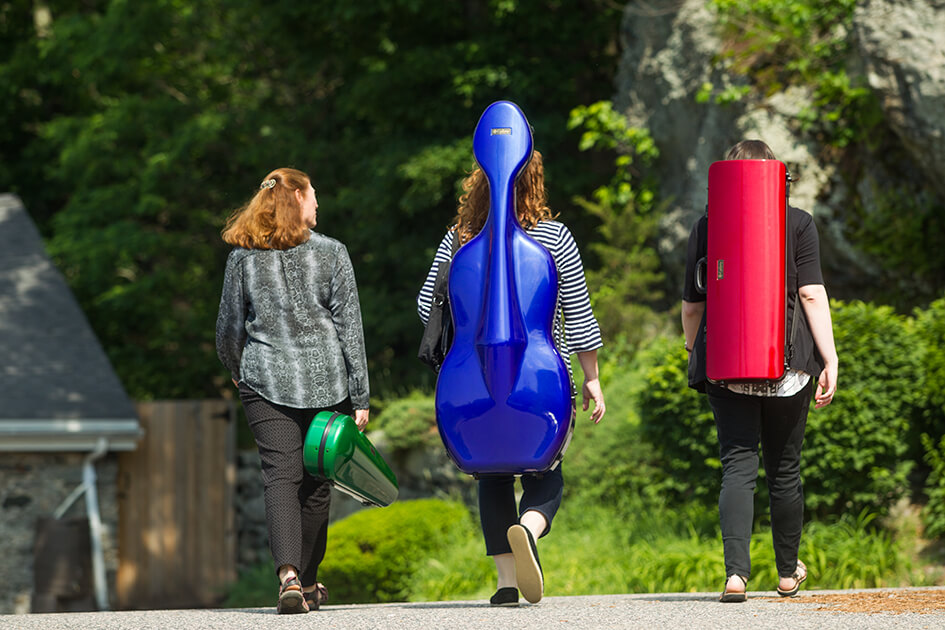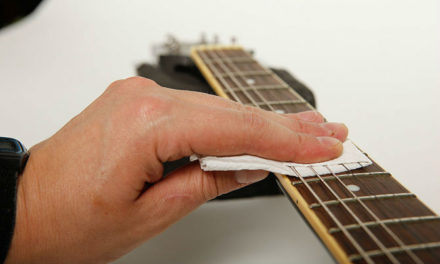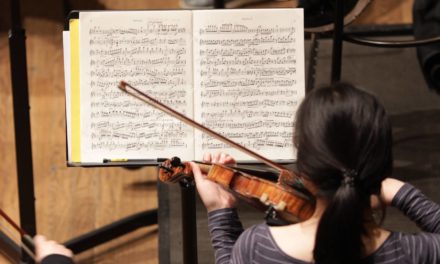With good care and maintenance, a violin can last for years, if not decades. However, it is easy said than done, many beginners tend to be pretty rough on this delicate instrument, which is not always your’ fault because you have not learnt how to care for this instrument.
In fact, knowing how to care for your violin will enhance your learning process. A neglected instrument won’t sound good, and that will make it difficult for you to maintain your enthusiasm. So in this article, we will give you through review from top to bottom of this delicate instrument and show you 20 pro tips on how to care for your violin!
Storage and Transportation

- Get a good case. When not in use, store your violin and bow in a hard case, designed to prevent instrument damage. By keeping it secure, you guard against accidental injuries that can be very pricey to repair.
- Pay attention to temperature and humidity. Stringed instruments are made principally of wood, which expands in the humid summer months and contracts in the winter. Maintain a relatively constant humidity year-round. Humidify your home during the dry winter months and dehumidification or A/C helps in the summer.
- Do not leave your instrument in your car. Intense heat or cold can cause an instrument to come apart or crack, and will definitely cause it to fall out of tune. When traveling with your instrument it is always better to keep it in the back seat of your car rather than the trunk.
- Remove shoulder rest before putting in the case. Always remove the shoulder rest or pad before storing your violin in its case, and make sure that your zippers, latches, or other closers are fastened securely before picking up your case.
Cleaning

- Always wipe after playing. After each playing session, gently wipe down your instrument and strings with a dry cloth to remove rosin dust and body oils. Lint-free cloths used for glasses and cameras work wonderfully, and they are small enough to fit inside most hard case compartments for easy access.
- Never use furniture polish, wood cleaner or alcohol to clean your instrument. These items can weaken the glue, or ruin the acoustics of your instrument. You will need to buy a special violin polish to clean your violin body, but as long as you keep your instrument wiped off, you shouldn’t need to employ it very often.
Parts and Accessories

Bow
- Always loosen bow hair after playing. It is very important to always loosen the hair on your bow after each and every use. Otherwise, a bow left at tension over time is prone to warp and lose camber (the vertical curve of the stick). Regular use from playing may also affect the shape and playability of a stick.
- Rosin the bow regularly but not too much rosin. For students it is probably sufficient to rosin the bow once a week. Too much rosin will produce a harsh tone and cause an excessive build-up of white rosin powder on the instrument. To avoid rosin build-up, wipe the excessive rosin off every few days.
- Rehair your bow when necessary. Active string players require frequent bow rehairing, typically every three to six months, to maintain the best quality of sound and responsiveness. Student bows may be rehaired less frequently, depending on usage — If rehairing cost a lot or you live far from a luthier , you might consider just getting a new one.
- Never touch the horsehair on your bow. The oils from your skin will damage the hair and take away its ability to grab the strings.
String
- Replace your strings as needed Strings gradually lose their warmth and brilliance even if an instrument is not played frequently. Active players change their strings as often as every six months for optimum sound and performance. Students should generally replace the strings on their instruments yearly.
- Clean your string regularly. Wipe excess rosin off your strings when putting the instrument to rest. A little rosin buildup won’t do much to affect the sound but will become difficult to remove if left unattended for a lengthier period of time.
- Wind the strings correctly. Be sure to wind the string from the inside of the peg box to the outside, and tighten it enough to properly place it on the bridge. A gentle fit against the wall of the pegbox will prevent most pegs from slipping and strings from unwinding. Irregularities in the installation/winding, can crack the peg box and should definitely be avoided.
Peg
- Pegs are wood too. No peg can maintain this balance over time without requiring some care. Problems tend to occur at the beginning and end of the heating season, when temperature changes cause the wood of the pegs to contract or expand. Peg lubricant helps stiff pegs turn more smoothly and can be purchased from a violin maker or music shop. Peg chalk solves the opposite problem and prevents slippage.
- Pegs slip happen. Newbies are often freaked out by peg slipping, which is tonally unnecessary. Stiff or slipping pegs are common problems and can be easily fixed. Slipping pegs are common during the winter because pegs shrink when conditions are dry. In most cases, rewinding a string in the optimal manner is all that is required. If pegs continue to slip or turn unevenly poor peg fit is likely the cause. A qualified technician can refit the pegs and solve the problem.
Bridge
- Always check bridge’s alignment. Make sure to always check the bridge so the feet are flat against the top of the violin, and aligned with the notches of the f-hole. Over time, the top of the bridge frequently gets pulled forward. This could make the bridge warp and even fall down. You can carefully adjust the bridge yourself so it stands straight, but loosen the strings a bit beforehand.
Soundpost
- Make sure your soundpost fits. The fit of your soundpost inside your instrument is crucial for good sound production. Each post is custom cut to fit precisely in a specific position. A poorly fit soundpost can impede the transference of sound energy and can even damage the table or back of your instrument. If your soundpost moves or fell easily, it may be time to visit a luthier and get a new soundpost
Fingerboard
- Fingerboard does not require extra care, as is the case with the rest of the stringed instrument, regularly cleaning off the rosin dust every time after you play is the simplest, best and most effective long-term way of taking care of the fingerboard.
Fine Tuners
- Take Care of Fine Tuners. Sometimes the fine tuners get stuck and are not easy to turn when fine-tuning. When they do, unscrew them and apply lubricant. We recommend cork grease. Make sure that the lubricant doesn’t come into contact with the wood.
Visit a Luthier

- We go to doctors when we feel unwell, and you should bring your violin to a luthier when you notices something wrong, such as a broken bridge, cracks, fell soundpost, untightened bow, ect. Those are the issues that should be taken care by professionals with great experiences and tools, do not force yourself to fix seemingly minor issue, which may turn out to be quite complicated and time consuming.





